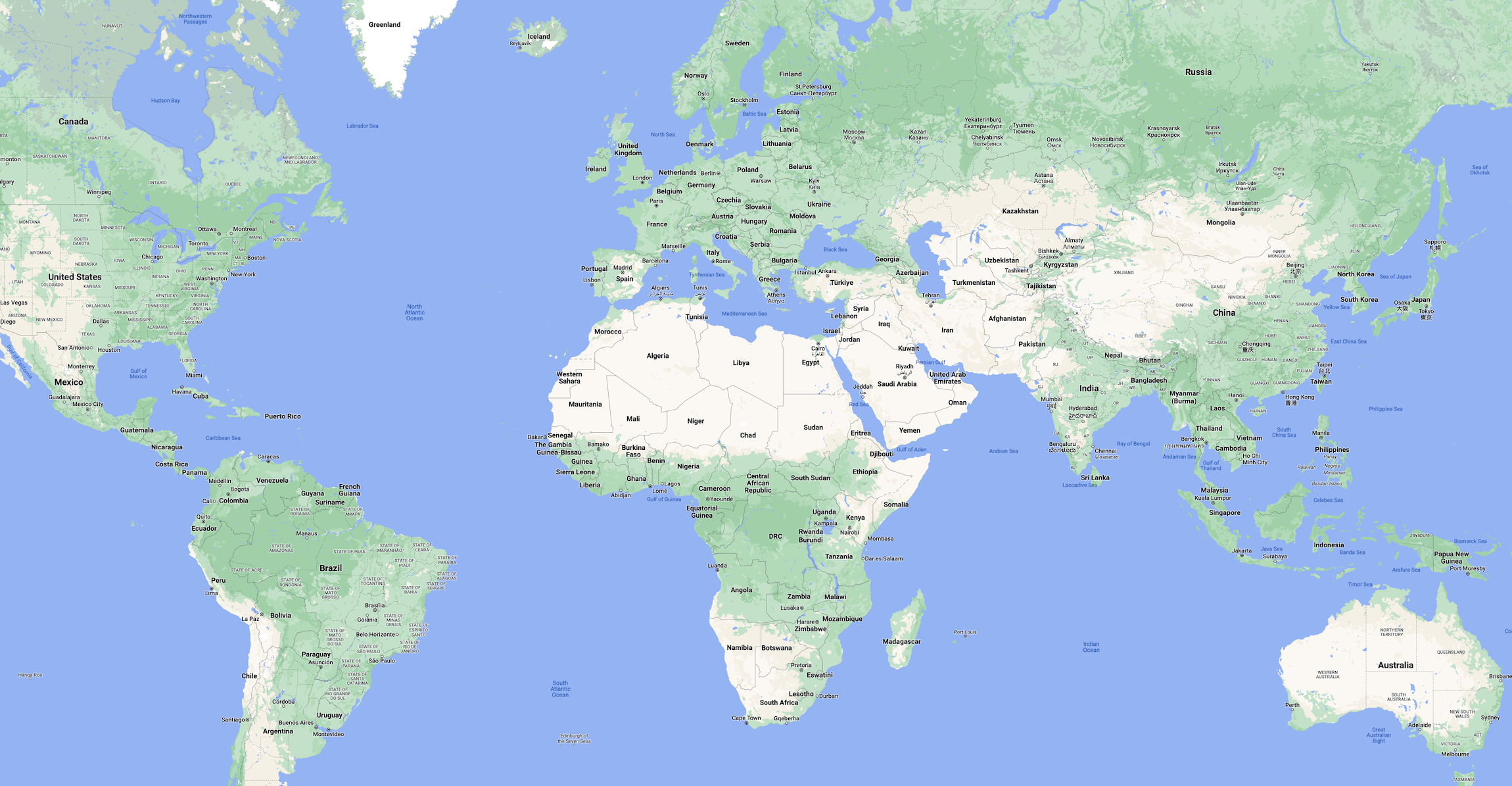This retreat will begin on April 10, 2024 upon arrival at Kathmandu Tribhuvan International Airport (KTM). Flights to Kathmandu should arrive no later than 3:00 PM to allow you time to transfer to the hotel and check-in before dinner. If you are coming from the 2-night pre-extension in Dhulikhel, you will arrive at the hotel at around 3:00 PM.
Airline Travel Recommendations:
- We have had great experiences using Qatar Airways, with a layover in Doha.
- Be sure to allocate a minimum of two hours for any layovers you may have.
- We do not recommend booking your flight with Royal Nepal Airlines, as this airline is known to be unreliable.
A VISA IS REQUIRED FOR NEPAL (not included). A Nepal visa can be obtained in advance or upon arrival at Kathmandu’s Tribhuvan Airport.
Upon arriving in Kathmandu, you will be met at the airport, by a Run Wild Retreats representative. As you exit the baggage area look for a Run Wild Retreats sign and your driver. You will be transferred directly to the Dwarika’s Hotel. At 5:00 PM meet your Retreat Leader for opening introductions followed by dinner.
This retreat will end on April 19, 2024 at 2:00 PM at the Kathmandu Tribhuvan International Airport, following a morning flight from Paro, Bhutan (round trip flights from Kathmandu-Bhutan are included). Return flights should depart no earlier than 5:00 PM on April 19, 2024.
Flights to Bhutan: Round-trip flights from Kathmandu, Nepal – Paro, Bhutan and visa for Bhutan are included in your retreat and will be booked by Run Wild Retreats’ partner in Bhutan. In order to book your flights, we require a color copy of the picture page of your passport.
 Please See your To-Do List for detailed Visa information
Please See your To-Do List for detailed Visa information
Day 1 Arrival Instructions:
Upon arrival at Kathmandu’s Tribhuvan Airport, if you have not obtained your visa in advance you will need to pay for and receive your visa upon arrival.
Once you have your visa, continue on to the baggage claim area to retrieve your checked in luggage.
After you retrieve your luggage and exit the baggage area, there are officials who will match the identification number attached to your luggage to the identification number on the tag given to you when you checked in your luggage at your departing airport. We understand this is an unusual process for most airports, but it is important to have your luggage identification tag with you (we recommend keeping it in your passport or wallet)
Once you have cleared the baggage area, exit the airport. A representative from our Nepalese partner will be waiting for you, just look for a sign reading RUN WILD RETREATS.
As you are exiting the airport, you may be approached by people who want to help you with your bags. Do not allow anyone to handle your luggage other than yourself or our representative.
From here, your driver will bring you to the retreat start location, (or to your pre-retreat hotel location if previously organized with RWR).
EMERGENCY CONTACTS IN NEPAL: If you need assistance once you have arrived in Nepal, please contact one of our in-country representatives:
Jwalant Garung: 98510-31831
Ramhari Adhikari: 98412-51795
If you are calling from a US Mobile Phone you must first dial 011+977, then the 10 digit phone number









.jpg?fit=crop&crop=entropy&w=600&auto=format)


.jpg?fit=crop&crop=entropy&w=600&auto=format)















 Inspired by a blend of Vedic Philosophy and Buddhist Medicine, Dwarika's Resort focuses on the complete wellbeing of an individual, drawing on the knowledge and holistic lifestyle of the Himalayan region. It is a story of nurturing harmony within the spirit, body and mind. Wellbeing is an ongoing voyage of self-discovery. Each element of the resort has been designed to enhance this journey within, by addressing each of the five senses. Various experiences have been created in the resort to guide you through your personal journey.
Inspired by a blend of Vedic Philosophy and Buddhist Medicine, Dwarika's Resort focuses on the complete wellbeing of an individual, drawing on the knowledge and holistic lifestyle of the Himalayan region. It is a story of nurturing harmony within the spirit, body and mind. Wellbeing is an ongoing voyage of self-discovery. Each element of the resort has been designed to enhance this journey within, by addressing each of the five senses. Various experiences have been created in the resort to guide you through your personal journey.

































 Unwind from your adventures in Bhutan with our exclusive 1-Night Integration Package. We'll take care of every detail, from airport transfers to dinner and breakfast, all inclusive of taxes and fees. Get ready to embrace stress-free international travel.
Unwind from your adventures in Bhutan with our exclusive 1-Night Integration Package. We'll take care of every detail, from airport transfers to dinner and breakfast, all inclusive of taxes and fees. Get ready to embrace stress-free international travel. .jpg)

.JPG?fit=crop&crop=faces&h=150&w=150)



